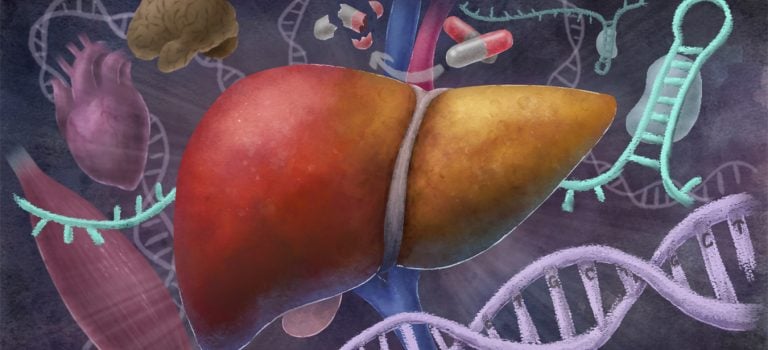Researchers at the University of Illinois Urbana-Champaign have made a groundbreaking discovery in understanding the liver symptoms of myotonic dystrophy type 1 (DM1), the most common form of adult-onset muscular dystrophy.
Key Findings:
- Toxic RNA in the liver leads to fatty liver disease and drug sensitivity.
- Mouse model replicates liver symptoms of DM1, enabling safer drug testing.
- Tissue-specific effects highlight importance of studying individual tissues.
The Disease:
Myotonic dystrophy type 1 is caused by a mutated DMPK gene, resulting in toxic RNA that accumulates in cell nuclei.
The Breakthrough:
A liver-specific mouse model, developed by Auinash Kalsotra’s team, reveals:
- Fatty liver symptoms and hypersensitivity to medications.
- Missplicing of ACC-1 gene, leading to fat accumulation.
- Potential treatment pathways using ACC-1 inhibitors and splicing correctors.
Expert Insights:
“This disease is not only a muscle disease; it’s a multisystemic disease… We need to understand what’s happening in the liver.” – Auinash Kalsotra
Implications:
- Improved drug testing and development.
- Enhanced understanding of tissue-specific effects.
- Potential treatments for fatty liver disease in DM1 patients.
Reference:
[Include study title, authors, publication, and DOI]
Related Articles:
- Myotonic Dystrophy: Uncovering the Complexities of a Multisystemic Disease
- Breakthroughs in Muscular Dystrophy Research: New Hope for Patients
- The Importance of Tissue-Specific Research in Disease Understanding
Share Your Thoughts:
How significant do you think this breakthrough is in understanding myotonic dystrophy type 1? What potential applications do you see for this research in improving patient outcomes?

















